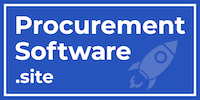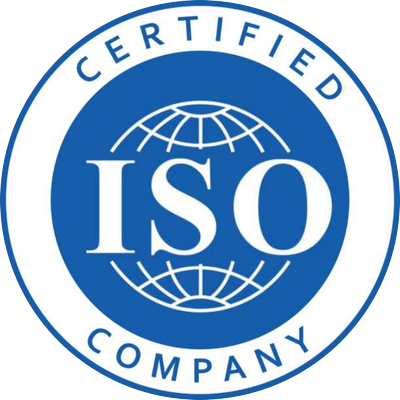Take Control of Your SaaS Spend Budgets
The proliferation of software-as-a-service (SaaS) solutions over the last few years has been spectacular. Businesses of all sizes rely on a wide range of online platforms to automate business processes, enable collaboration, improve productivity, and transform operations.
SaaS vendors have learnt how to make it easy to sell their products. They have slick sales processes, easy to adopt pricing strategies and sophisticated contracts designed to ‘land and expand’ within their client bases. As a result, these vendors have acquired new clients at break-neck speed and expanded post sale revenues while increasing retention.
However, on the buy-side, businesses are way behind the curve.
Who is Buying SaaS Products in Your Company?
Whilst strategic, core applications such as ERP, IT operations and finance systems may be purchased through a recognisable procurement process, the vast majority of SaaS products are specified, selected, and purchased by operational and functional managers.
Without the scrutiny of procurement oversight and without rigorous procurement controls in place, managers are left to specify ‘point’ solutions to solve their specific need. They may not be aware of capable SaaS applications elsewhere in the business or even duplicate contracts with the same vendor.
As vendors make it easy to try and buy, managers may well have made hasty decisions to solve a specific problem – only to stop using the app at the end of a trial, at the end of the project or even when an employee leaves the business. However, a contracted relationship will remain until properly terminated. Hence, businesses typically have a long tail of un-used, redundant systems.
Whilst these platforms may be free or low cost, they still present a cost and potentially a risk to the business.
the vast majority of SaaS products are specified, selected, and purchased by operational and functional managers.
Is Your SaaS Spend Being Wasted?
SaaS applications are often under-utilised. Our data indicates that for every 100 subscriptions, only 60 are used. And of these, it is not unusual for only 30% to be actively used. So that equates to 18 active users while paying for 100 subscriptions.
Another challenge that companies face is auto-renewal contracts. Whilst this can be a useful feature for essential applications, it can result in hundreds of invisible contracts with unknown vendors. Many of which will have been purchased on a corporate credit card or as part of a managed service and so hard to capture and eradicate.
The net result of this largely un-managed category of spending is up to 40% over-spend and risk to company data.
Does this situation sound familiar?
How You Can Get Back in Control of Your SaaS Spend?
So what can you do? Try reading our article Six Steps to Control Your SaaS Spend for some helpful suggestions.
If you are interested in finding out more about how we help our clients control their SaaS Spend take a look at our Case Studies Page, or you can reach out to us directly and book a free 30 minute call.











